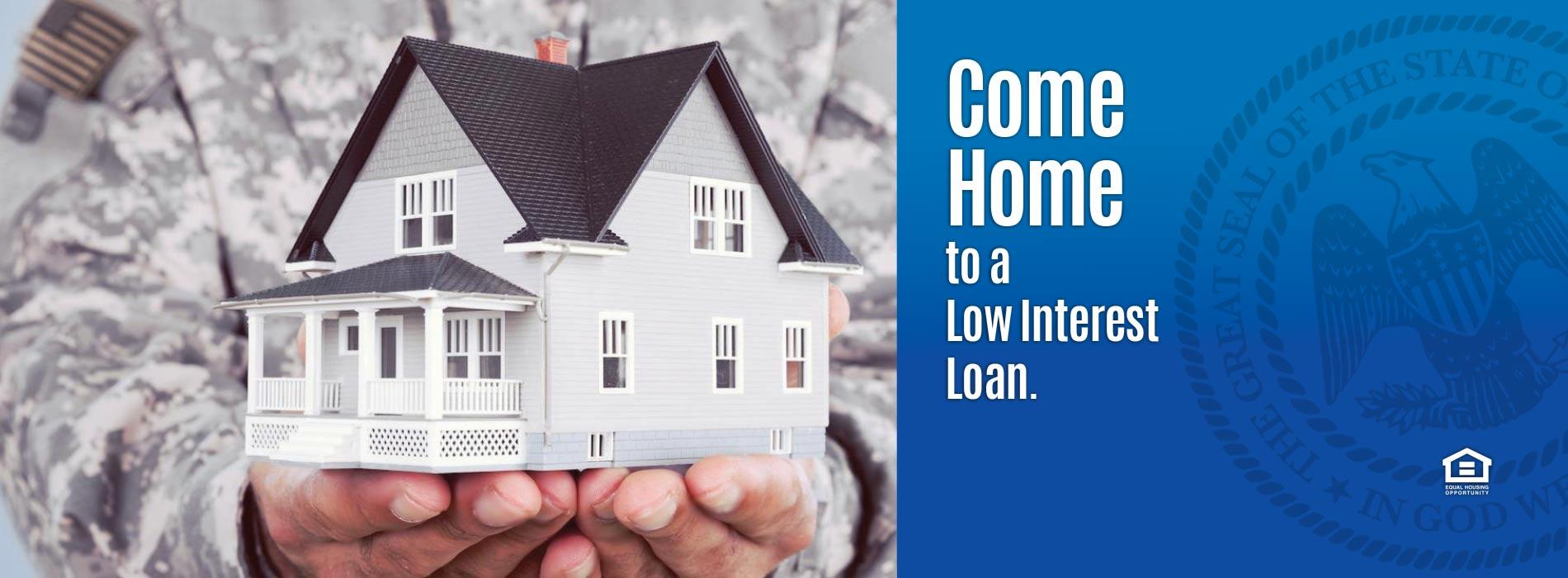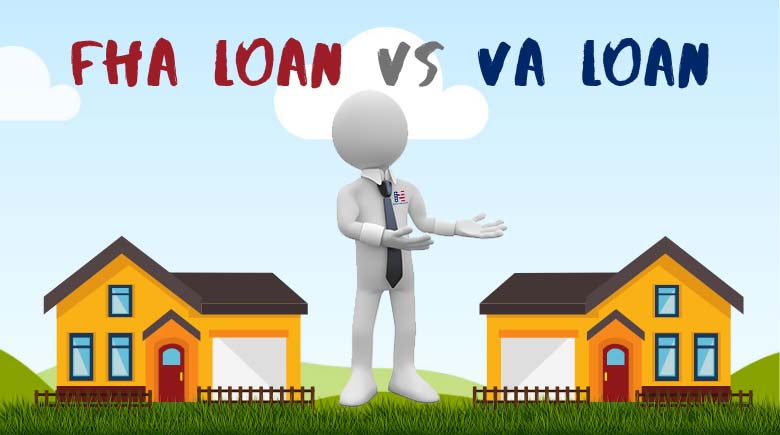When purchasing a home, mortgage insurance can be a necessary but costly requirement, especially for buyers with smaller down payments. For veterans, however, there’s a major advantage to using VA loans over conventional loans: VA loans don’t require mortgage insurance. This can save veterans thousands of dollars over the life of a loan, making homeownership more affordable and accessible.
In this blog post, we’ll explore why VA loans don’t require mortgage insurance, how VA funding fees compare to traditional mortgage insurance costs, and how VA loans stack up against FHA loans for veterans.
Why VA Loans Don’t Require Mortgage Insurance: A Benefit for Veterans

One of the biggest benefits of VA loans is that they don’t require mortgage insurance, which can be a huge financial relief for veterans looking to buy a home. But why is this the case?
VA loans are backed by the Department of Veterans Affairs (VA), a government agency that provides a guarantee to lenders. This guarantee means that the VA agrees to cover a portion of the loan if the borrower defaults, reducing the risk for lenders. Because of this built-in safety net, lenders don’t require borrowers to carry private mortgage insurance (PMI), which is typically mandatory for conventional loans with down payments of less than 20%.
For veterans, this translates to a significant financial advantage. PMI can cost anywhere from 0.3% to 1.5% of the original loan amount annually. For a $200,000 loan, that’s an extra $600 to $3,000 a year, or $50 to $250 per month, on top of your mortgage payment. VA loans eliminate this added expense entirely.
Key Benefits of No Mortgage Insurance with VA Loans:
- Lower Monthly Payments: Without mortgage insurance, your monthly payments are significantly lower compared to conventional loans that require PMI.
- More Affordable for Low Down Payments: While conventional borrowers with less than 20% down must pay PMI, VA borrowers can put little or no money down without facing these added insurance costs.
- Long-Term Savings: Over the life of a loan, eliminating mortgage insurance can save veterans thousands, if not tens of thousands, of dollars.
This benefit alone can make a VA loan the most cost-effective option for eligible veterans. But even without the need for mortgage insurance, VA loans do have one additional cost: the VA funding fee.
How VA Funding Fees Compare to Traditional Mortgage Insurance

Although VA loans don’t require mortgage insurance, they do come with a one-time VA funding fee. This fee helps to offset the cost of the VA loan program to taxpayers and ensures that the program remains self-sustaining. The VA funding fee is a one-time payment that borrowers can either pay upfront or roll into the total loan amount.
The amount of the funding fee depends on several factors, including the size of the down payment and whether the borrower has used a VA loan before. Here’s a breakdown of typical VA funding fees:
- First-time use, no down payment: 2.15% of the loan amount
- First-time use, 5% or more down payment: 1.5% of the loan amount
- First-time use, 10% or more down payment: 1.25% of the loan amount
- Subsequent use, no down payment: 3.3% of the loan amount
Veterans who receive disability benefits are exempt from paying the funding fee, which can result in even more savings.
Now, let’s compare these costs to traditional private mortgage insurance (PMI) and FHA mortgage insurance.
VA Funding Fee vs. Private Mortgage Insurance (PMI)
- Upfront Cost: While PMI typically does not require an upfront payment, the VA funding fee is a one-time charge that can either be paid at closing or rolled into the loan. In contrast, PMI is an ongoing monthly expense.
- Long-Term Costs: For veterans who plan to stay in their homes for an extended period, the one-time VA funding fee can be much more cost-effective than paying monthly PMI premiums for years. Over time, the cumulative cost of PMI can add up to much more than the VA funding fee.
VA Funding Fee vs. FHA Mortgage Insurance
FHA loans, often used by first-time homebuyers, come with their own version of mortgage insurance. FHA loans require both an upfront mortgage insurance premium (MIP) and annual mortgage insurance premiums. Currently, FHA borrowers must pay:
- Upfront MIP: 1.75% of the loan amount
- Annual MIP: 0.45% to 1.05%, depending on the loan-to-value ratio and loan size
While the VA funding fee can be higher than the FHA upfront premium, the key difference is that the VA funding fee is a one-time charge. FHA borrowers, on the other hand, are required to pay annual MIP for the life of the loan if their down payment is less than 10%, which can significantly increase the long-term cost of the loan.
VA Loans vs. FHA: Which Offers Better Mortgage Insurance Options for Veterans?

For veterans who are eligible for both VA loans and FHA loans, the comparison between these two programs is crucial, especially when it comes to mortgage insurance.
Here’s how they compare:
1. Mortgage Insurance Requirement
- VA Loans: No mortgage insurance is required, and the VA funding fee is a one-time cost.
- FHA Loans: Borrowers must pay both an upfront mortgage insurance premium (MIP) and an annual premium. The annual premium may be required for the life of the loan unless the borrower puts down 10% or more.
Winner: VA Loans
The fact that VA loans don’t require mortgage insurance is a significant advantage over FHA loans.
2. Upfront Costs
- VA Loans: The VA funding fee ranges from 1.25% to 3.3%, depending on factors like down payment and prior VA loan use. Veterans with service-connected disabilities are exempt from paying the funding fee.
- FHA Loans: The upfront MIP is 1.75% for all borrowers, which is typically rolled into the loan amount. This is lower than the VA funding fee for veterans putting down less than 5%, but FHA borrowers must also pay annual MIP.
Winner: VA Loans
While the upfront cost for FHA loans is slightly lower, the absence of ongoing mortgage insurance with VA loans makes it the more affordable option in most cases.
3. Ongoing Costs
- VA Loans: After paying the one-time funding fee, there are no ongoing mortgage insurance premiums.
- FHA Loans: Borrowers must pay annual MIP, which can range from 0.45% to 1.05%, depending on the loan amount, down payment, and loan term.
Winner: VA Loans
The ongoing cost of MIP for FHA loans makes them more expensive in the long term, particularly if borrowers keep the loan for many years.
4. Loan Limits
- VA Loans: There are no official limits on the loan amount for VA loans, but there are limits on the amount the VA will guarantee. Borrowers can still buy more expensive homes, but they may need a down payment if the loan exceeds the VA guarantee.
- FHA Loans: FHA loans have set loan limits that vary by region. These limits are often lower than VA loan limits, especially in high-cost areas.
Winner: VA Loans
The flexibility of VA loans makes them a better option for veterans looking to purchase more expensive homes without the constraints of FHA loan limits.
Additional Benefits of VA Loans for Veterans
While the absence of mortgage insurance is a significant benefit, VA loans come with other advantages that make them an appealing choice for veterans:
- No Down Payment Requirement: Qualified veterans can secure a VA loan without making any down payment, which is a major benefit for those who want to preserve their savings.
- Competitive Interest Rates: VA loans often come with lower interest rates compared to conventional loans because of the VA’s backing, which reduces the risk for lenders.
- Flexible Credit Requirements: VA loans tend to have more flexible credit score requirements than conventional loans, making them accessible to a broader range of veterans.
- No Prepayment Penalty: Veterans can pay off their VA loans early without incurring any penalties, providing more flexibility in managing their financial future.
Conclusion: VA Loans Offer the Best Mortgage Insurance Option for Veterans
For veterans, the combination of no mortgage insurance requirement, competitive interest rates, and flexible terms makes VA loans one of the best home financing options available. The VA funding fee, while an upfront cost, is far more affordable than the long-term expense of PMI or FHA mortgage insurance.
If you’re a veteran looking to buy a home, it’s important to explore all your financing options. However, for most veterans, the benefits of a VA loan—including the absence of mortgage insurance—make it the most attractive and cost-effective option for homeownership.
By understanding the costs and benefits of VA loans, veterans can make informed decisions that will save them money and provide financial security for the long term.
Now Read:
Lender-Paid Mortgage Insurance (LPMI)
Mortgage Insurance for Self-Employed Borrowers
Mortgage Protection Insurance (MPI): Is It the Right Choice for Homeowners?
FHA Mortgage Insurance Explained: What You Need to Know
